Nvidia GeForce GTX 1080 Ti Review
Nvidia GeForce GTX 1080 Ti Review
The new benchmark
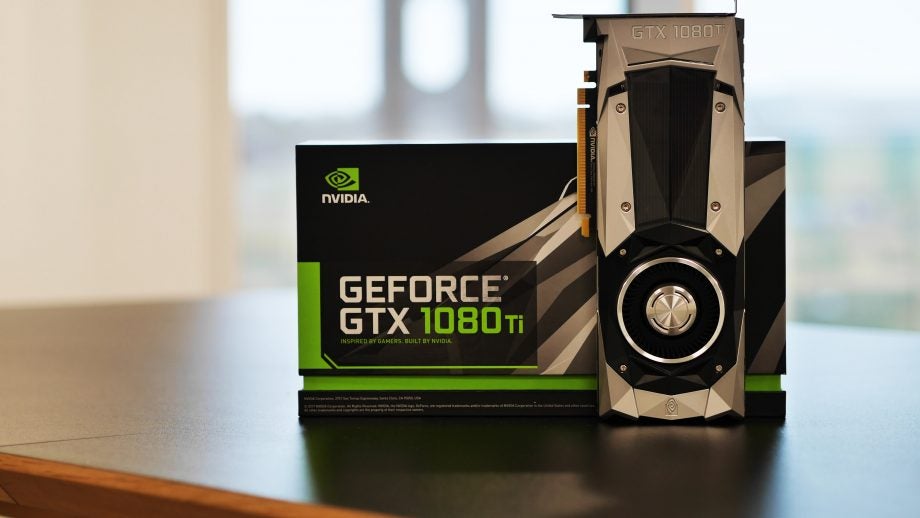
Sections
- Page 1 Nvidia GeForce GTX 1080 Ti Review
- Page 2 Performance and overclocking Review
Verdict
Pros
- Epic 4K performance
- Very overclockable
- Fastest consumer card you can buy
Cons
- Power hog
- Price-cut GTX 1080 more attractive
Key Specifications
- Review Price: £699.00
- GP-102 GPU
- 3854 CUDA cores
- 1.6GHz boost clock
- 11GB GDDR5 X memory at 11GHz
- 3x DisplayPort, 1x HDMI (DP-DVI adapter in box)
- Founders Edition
- TDP: 250W
This review was originally published in March 2017
What is the Nvidia GeForce GTX 1080 Ti?
The 1080 Ti represents the pinnacle of Nvidia’s 2016/17 graphics card line-up, pitching itself as a 4K-and-beyond graphics card. It sits at the top of the range, £200 more expensive than the recently price-dropped GTX 1080 and £300 below the similarly-specified Titan X, which is all but irrelevant now for gamers.
This is the third “80 Ti” card Nvidia has introduced, following the 780 Ti and 980 Ti. The Ti brand normally means a £100 premium over the regular “80” card, but with performance that looks forward to the next generation of games and monitors – and that’s exactly what the 1080 Ti is. This monstrous card is what Nvidia hopes will carry early adopters into the era of next-gen VR, high-refresh-rate 4K gaming and even 5K.
It’s the most expensive Ti product ever, but for those who can stump up the cash, it’s a card that really looks to the future.
Related: Best graphics card deals
GTX 1080 Ti – Third-party deals
As the 1080 Ti is now seven months old, I thought it’d be worth revisiting it and having a look at the range of third-party options now available, and assess their value and potential performance.
As you might have noticed while shopping around, graphics card prices are very high right now. This is partly due to the huge surge in demand for GPUs for use in crypto-currency mining, and partly down to currency fluctuations. Either way, the GTX 1080 Ti is still priced pretty firmly at its original £699 recommended retail price from March. Pay more and you’ll start venturing into the world of extreme overclocking and high-end coolers. Prices correct as of 13 October 2017. Here are three deals worth looking at.
Zotac GTX 1080 Ti Mini: £680 from Ebuyer
Surprisingly, the most attractive GPU on this list is also one of the cheapest. While it makes do with a very modest 38MHz clock speed boost, there’s more to this card than speed. If you hadn’t guessed, it’s absolutely tiny and is ready for any compact lounge PC you want to chuck it into.
EVGA GTX 1080 Ti SC Black Edition iCX: £685.37 from Amazon (import)
This is a pretty solid deal on a supremely overclocked GTX 1080 Ti. It’ll probably take a fair amount of time to ship to the UK because it’s shipping from the US, but including import taxes and shipping it’s still under £700. With a solid 1670MHz boost clock and EVGA’s elegant fan design, this is one of the better deals out there.
Palit GTX 1080 Ti JetStream: £690 from Ebuyer
Always one of the cheapest options in any GPU buying scenario, Palit’s JetStream model does nothing out of the ordinary and ships at Nvidia’s standard 1582MHz clock speeds.
GTX 1080 Ti – Specs and Technology
The seventh consumer card to launch using Nvidia’s Pascal technology, you’d expect the 1080 Ti to be the most refined yet. From the spec sheet, things look very good indeed.
Related: Best graphics card
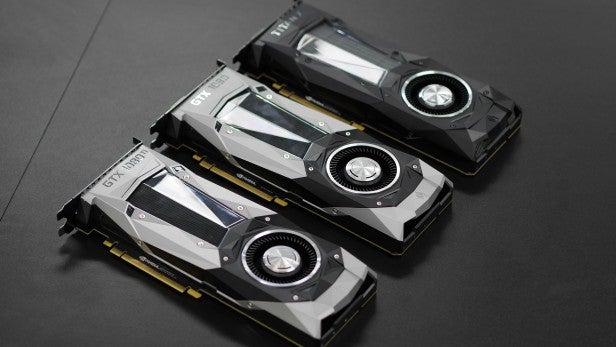
Despite what the name might suggest, this isn’t simply an enhanced GTX 1080; this is a completely different card with a different chip on board. Indeed, it shares its DNA – and its GP102 GPU – with the £1,000 Titan X 2016.
This means you get a full whack of 12 billion transistors and 3,854 CUDA cores. Other, more technical specifications vary slightly, but for all intents and purposes, this is almost identical to the Titan X with a few improvements. The factory default boost clock is higher at 1.6GHz (overclockable to 2GHz and beyond), and you get 11GB of GDDR5X running at a 10% higher clock speed of 11GHz (11Gbps).
This is both more and faster memory than the GTX 1080, which makes do with 8GB of 10Gbps memory. Note that the latter has had its price cut substantially since the launch of the Ti.
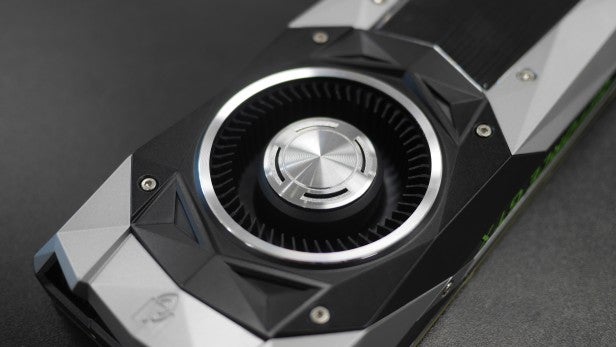
You’ll notice that the Ti has 1GB less memory than the Titan X, a shortcoming that’s made up for by the increased data speeds. This leads to an effective data rate of 484GB/sec, which is a smidgen faster than the Titan X’s 480GB/sec.
So what else is new? On this card, the Founders Edition that launches first, there’s a refined internal design with a better power delivery system for more efficient and cooler running. Also, the blower fan design and settings have been tweaked to make the card that little bit quieter.
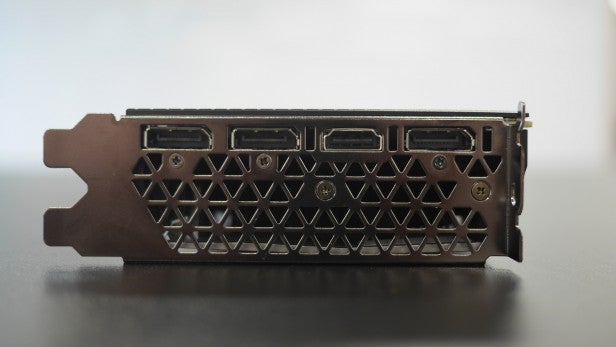
At the rear of the 1080 Ti there are three DisplayPort 1.4 ports alongside an HDMI 2.0 port. You also get a DisplayPort to DVI adapter in the box – handy if you have a monitor that only accepts this standard.
Related: Best desktop PCs
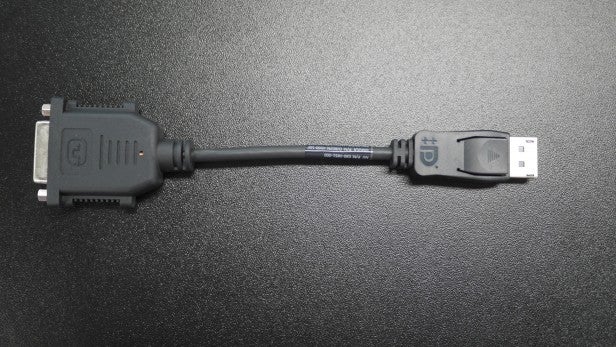
Externally, the design is identical to the Titan X, with die-cast aluminium and sharp edges, a green light-up GeForce GTX logo and black accents in a dual-slot configuration. It’s rather attractive, if entirely predictable.
Personally, I’d hold out for third-party interpretations from the likes of EVGA, Asus and MSI. The Founders Edition cards are always slightly cheaper than third-party rivals, but offer slightly lower performance.
Related: Best gaming PC specs to build yourself
Turn the page for the results of benchmarking.


